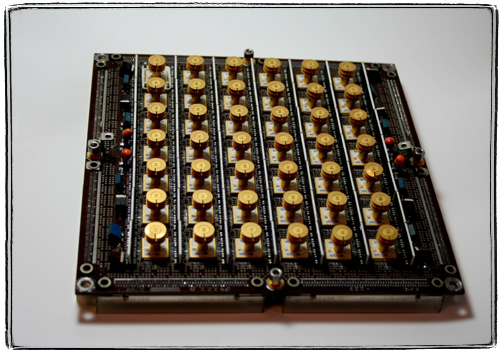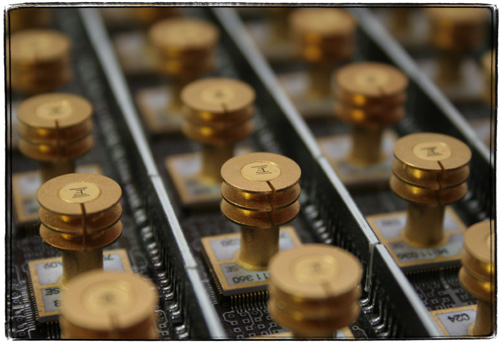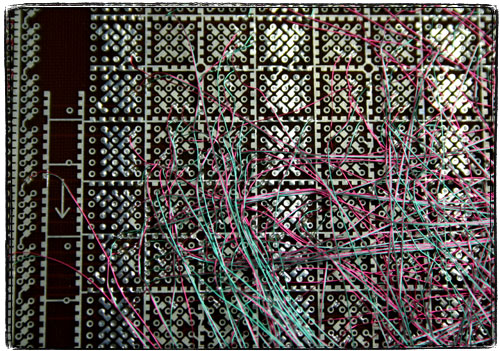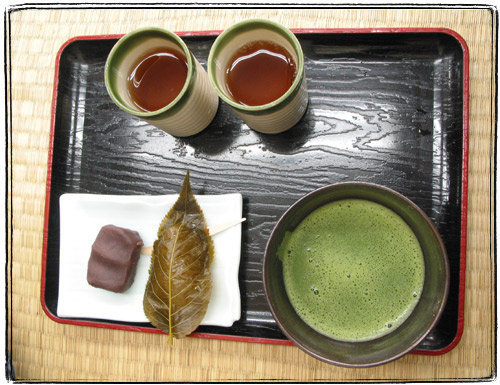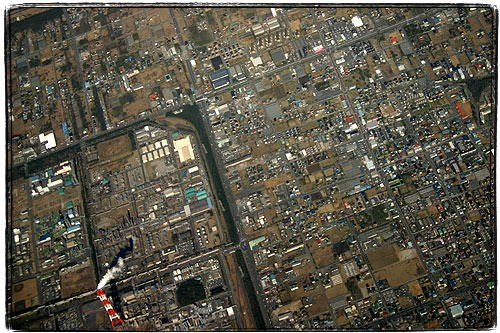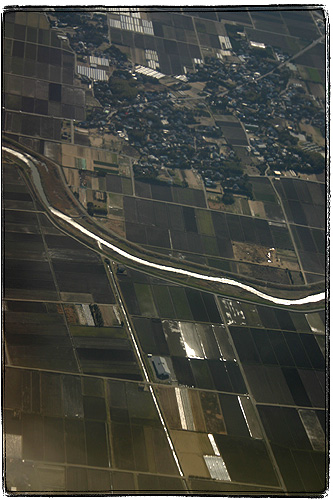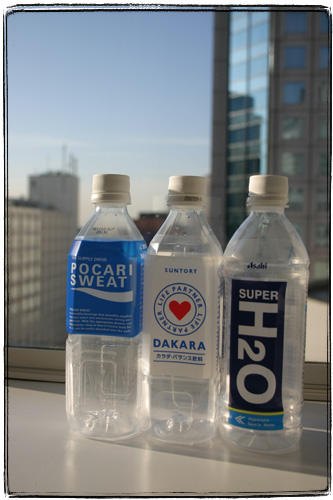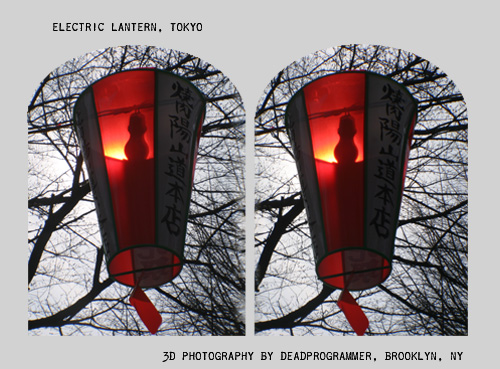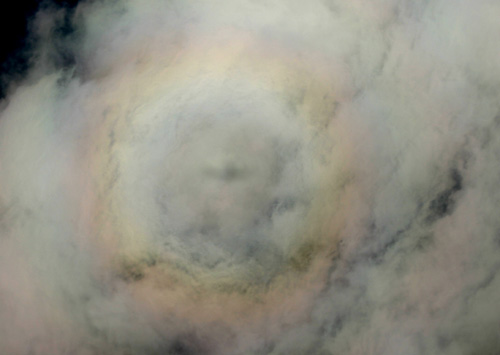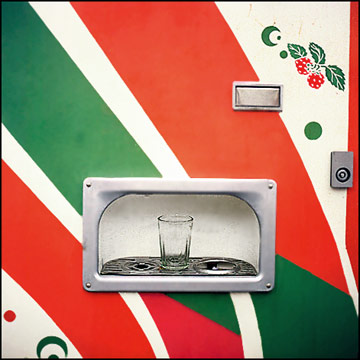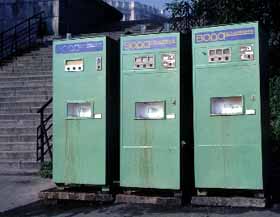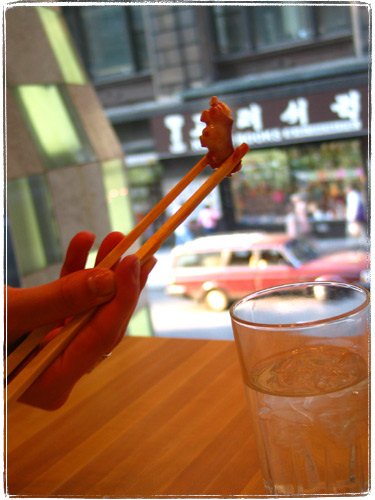Forgetting for a second about my gender neutral language skills let’s talk a bit about manhole covers.
In case you haven’t noticed, they come in an amazing variety of shapes, sizes and designs. The designs are often amazingly elaborate and beautiful. Just like I am not the first programmer to be asked “why manholes are round and not square” in an interview, I am not the first person to notice and write about the designs.
Probably the most popular photography book about manhole covers is Manhole Covers by Mimi and Robert Melnick. I have it, and it’s outstanding. This time when I checked at Amazon, there was also Quilting With Manhole Covers – A Treasure Trove of Unique Designs from the Streets of Japan as well as copycats Designs Underfoot and Treasures Underfoot.
Amazon also has these kick ass fake covers for hanging on the wall (as it’s nearly impossible to hang a real 600 lb manhole cover and rim on a wall ).
Just like there’s no shortage of books, there’s no shortage of websites as well. Staring into the hypnotic designs can be very relaxing.
Why did I decide to write about manhole covers today? Simply because New York Post recently ran a story about a somewhat fleshy skateboarder who fell backwards onto an electrified Con Ed manhole cover. That resulted in her getting literally branded with a design on her back. Even a few letters of “Con Edison” are visible:

The girl is lucky – manhole covers are known to shoot high up in the air due to steam buildup– and a flying 600 lb cover could leave a stronger impression.
Also it could be “Made in India” instead of “Con Ed” as most of the new manhole covers are produced there for 25 cent a pound these days. There’s an excellent article about it from which I just have to pull a few choice quotes :
“In India, the making of manhole covers is vastly man’s work – and it has been for generations. “They say the skill can only be done by a man,” Agarwal said. “The molding can never be done by a female.” “
“The progressive nature of an otherwise primitive workplace exhibits itself in other ways. Inspirational sayings written in English are hung throughout the foundry, such as “Quality is free, but it is not a gift.”
Ironically, few workers can read the sign, let alone the names of the cities on the covers they create.”
Now, unless you are a programmer who’s encountered the ubiquitous manhole question, you must be wondering, what’s the right answer to the question? Why aren’t they square? Let me give you a geek’s answer.
First of all they are not all round – there are square, rectangular, hexagonal and other ones. Here’s an example a of a square manhole cover (Note “India” on the bottom). This is a small one, but much bigger ones exist as well, I just can’t find a good example that’s both square and says “India” right now.
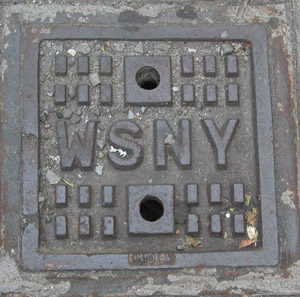
The answer they are expecting is that it is impossible to drop a round disk into a round hole of the same size. But there’s also a shape called the Reuleaux triangle that has the same property:

With the help of a Reuleaux triangle shaped bit and a template it’s possible to drill square holes. Unfortunately I can’t seem to find any of these drill bits for sale.
Also, a round manhole cover is easier to roll. Duh. You might also tell the interviewer about my fishing buddy Michael Prior’s echinterview.org and ‘s techinterviews.com
